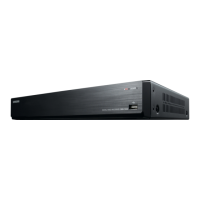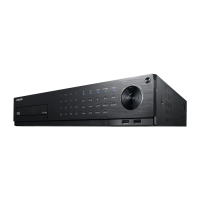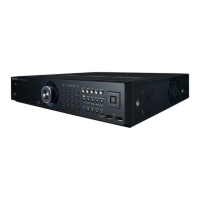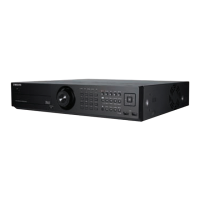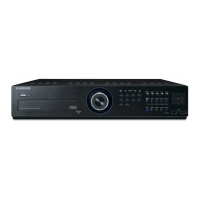Why doesn't the Channel button work on my Samsung SRD-1610D?
- BBryan RussellSep 12, 2025
If the Channel button does not work on the Live screen of your Samsung DVR, it's likely because the current screen is in event monitoring mode. To exit this screen, press the [ALARM] button, then select a channel.




